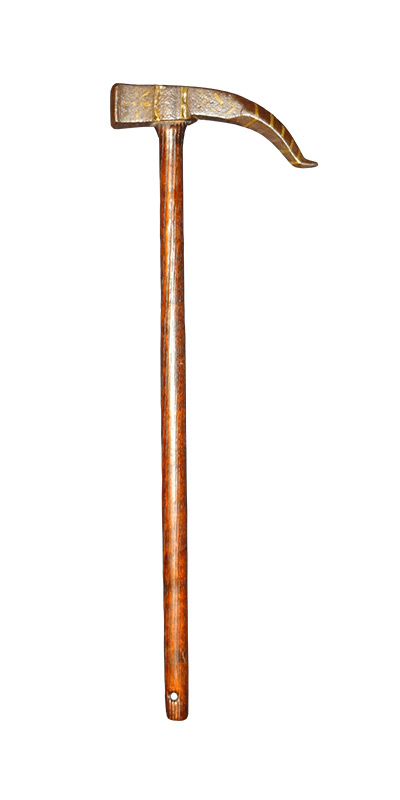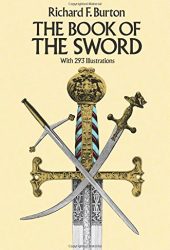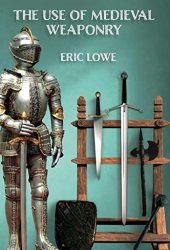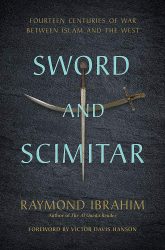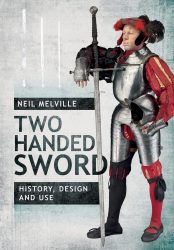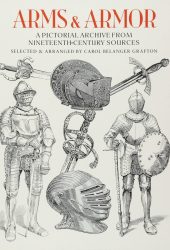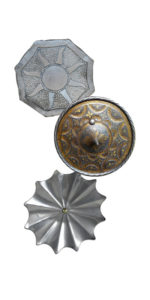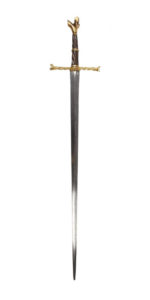The War Hammer was a weapon popularized in the late middle ages and mainly used for close combat, the longer ones against riders, and the shorter in closer quarters and from horseback. The design of the war hammer resembled a hammer or an ice ax.
A war hammer consists of a handle measuring between two and five feet and a head made of solid metals such as iron, steel, or bronze. Some war hammers had a spike that could be used for piercing.
War Hammers were a knight’s nightmare because the flat side’s filed edges could make deadly dents in armor, and the spiked side could pierce it.
History of the War Hammer
It’s believed that the war hammer originated in Europe and the Middle East as a response to plate armor technology. Blades tended to ricochet on the surface-hardened steel of iron armors in the medieval battlefields of the fourteenth and fifteenth centuries, but hammers were perfect for piercing them.
A war hammer could deliver the full force of a blow to the target without the risk of losing its impact on the high curvature of helmets. This could cause concussions even through the thickest helmets.
Metal-ball and faceted-head maces evolved during the 14th century to feature massive iron-flanged heads and projecting pointed lugs to inflict crushing blows.
Some war hammers also had a spike on one side of the head, which made them more versatile weapons as they could be used against other parts of the body where the armor was thinner.
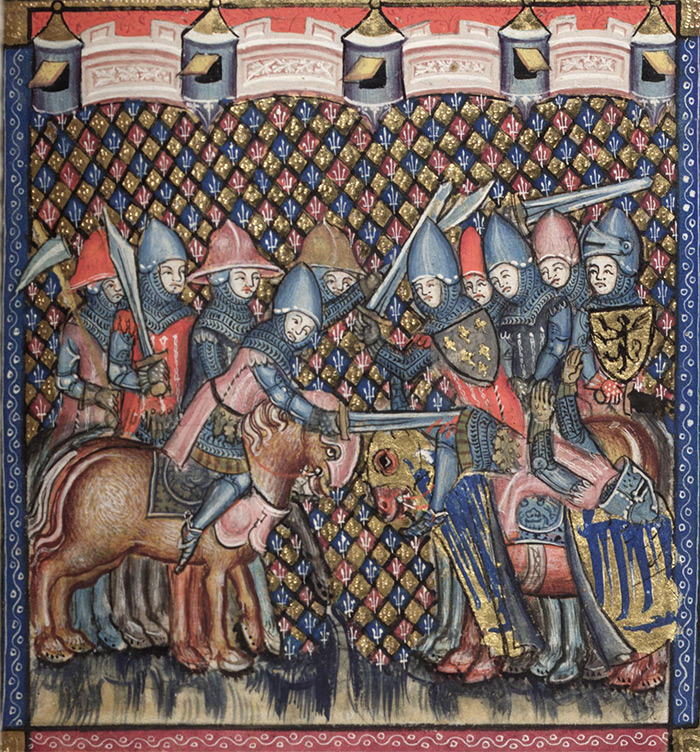
Types of War Hammers
Maul
A long-handled hammer with a heavy head, similar in appearance and function to a modern sledgehammer. Mostly used during the later 14th century. At the Battle of Agincourt, English longbowmen are recorded as using lead mauls. Mauls were also a weapon of Tudor archers as late as 1562.
Lucerne Hammer
An adaptation by the Swiss, hammerhead was split into a three- to four-pronged head and mounted atop a seven-foot shaft, with a longer pick and even longer spike on the top of the head. This provided several smaller points of impact with a more forceful bite.
Bec de Corbin or “Crow’s Beak”
The beak was stouter and longer (better designed for tearing at armor), while the spike was shorter. This hammer had a blunt face. It’s also known as Bec de Faucon (Halcon’s Beak) or horseman’s pick.
Using War Hammers
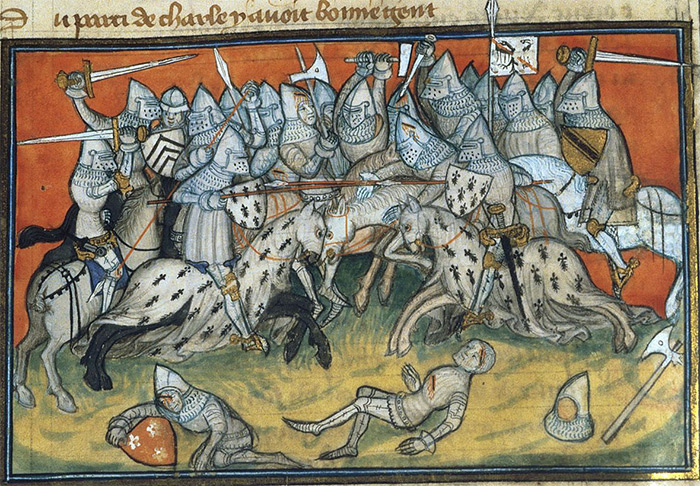
The spike end of a war hammer could be used for grappling the target’s armor, reins, or shield, or could be turned in the direction of the blow to pierce even heavy armor. If facing mounted opponents, it could also be directed at the legs of a horse, toppling the armored foe to the ground where they could be more easily attacked.
The side of a war hammer was usually first to knock down and stun an enemy and, once they were on the ground, reversed to punch a hole through the helmet and deliver the coup de grace.
A powerful swing from a war hammer can hits its target with a force of several hundred kg/mm2. This is the same penetrating force as a rifle bullet.
Famous War Hammers and Where to See Them
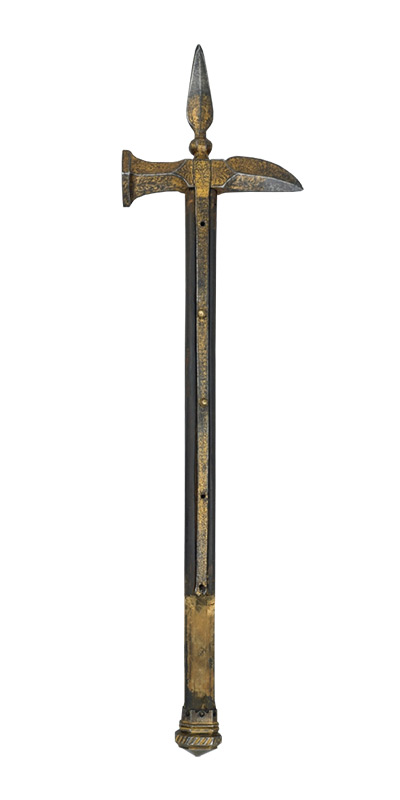
Italian War Hammer
This War Hammer from Northern Italy dates from about 1510 has a flat diamond-shaped face, a sharp beak and a vertical spike.
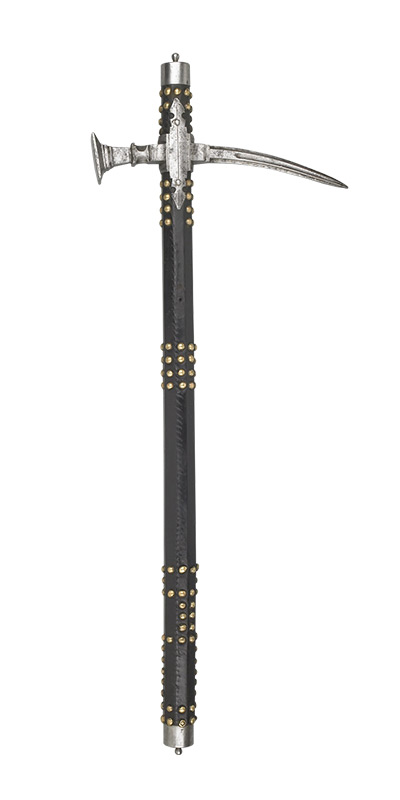
Polish War Hammer
This War Hammer from Poland or Hungary has a square hammer-head and a long, slightly drooping, fluted beak. It dates to first half of the 17th century.
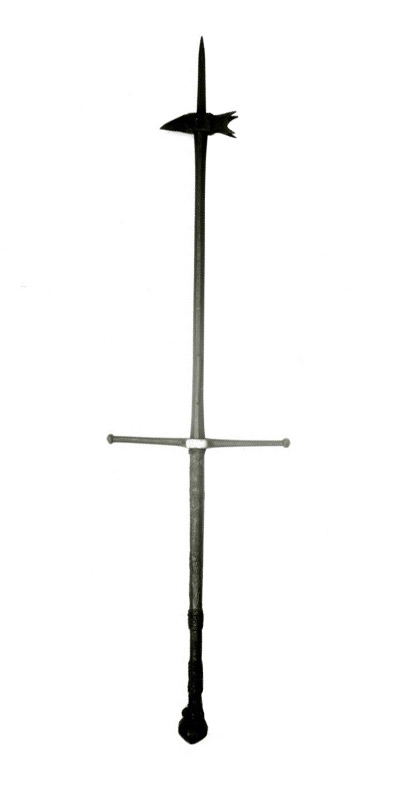
War Hammer Pole-Axe
This War Hammer / Pole-Axe dates from circa 1650 and has a cross-guard and hook, four-pronged hammer-head and beak and a spiked top.

